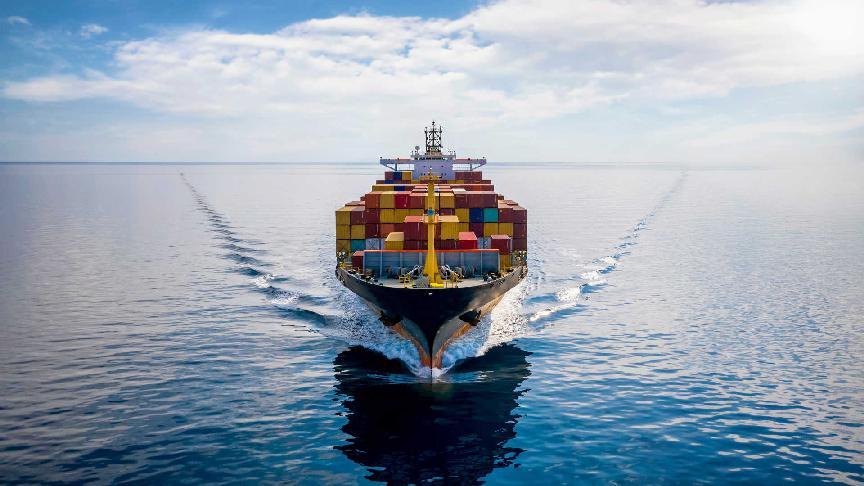Carriers at the moment have crew and cargo safety at the top of their priorities. Their decision to divert vessels will, however, come at a cost.
Nearly 15% of the world’s maritime traffic transits via the Suez Canal, the shortest shipping route between Europe and Asia.
Travelling via the Cape of Good Hope would delay the trip by over a week in some cases.
For example, a ship sailing from Shanghai to New York via the Suez will have to travel nearly 12,370 nautical miles. But via the Cape of Good Hope, the distance increases to about 14,468 nautical miles.
Since access to European ports is more dependent on the Suez, experts anticipate relatively longer delays in Europe.
On another note, the weather conditions in Africa's southern region are different than in the north. It is said that the wind in southern waters could force ships to slow down.

Current scene at the Cape of Good Hope
On 19 December, nearly 57 container vessels navigated the African continent.
The cumulative capacity of these vessels reached 700,000 TEUs. According to a CNBC report, about USD 35 billion in cargo has been diverted to avert attacks.
Seaexplorer data shows that more than 100 vessels have been affected by the situation. Most of them will be diverted to sail via the Cape of Good Hope.
The sizes of these vessels vary and many of them are mega-sized container ships with a capacity exceeding 20,000 TEU.

Boxship capacity needed to navigate the new challenge
Before the events of the Red Sea started, analysts were raising the flag about the risk of overcapacity in the shipping industry. Now they believe a substantial amount of capacity is needed to navigate the new reality.
Shipping analyst and chief executive of Vespucci Maritime, Lars Jensen, highlighted recently that around 1.4m to 1.7m TEU additional capacity is needed for carriers to overcome the challenge at hand successfully.
He added that diverting this large number of containerships south via Africa would soak up 5% to 6% of global capacity.
International coalition to create safe passage
One of the things analysts feared was the failure to launch an international coalition to mitigate the situation in the affected region.
However, the latest news reveals that the US formally announced a multi-national security initiative known as ‘Operation Prosperity Guardian’.
According to a statement by the Department of Defence, the initiative brings together “multiple countries to include the United Kingdom, Bahrain, Canada, France, Italy, Netherlands, Norway, Seychelles and Spain, to jointly address security challenges in the southern Red Sea and the Gulf of Aden.”
Houthis vow more attacks
This news comes at the same time as an announcement by the Houthis vowing more Red Sea attacks.
"Our position will not change in the direction of the Palestinian issue, whether a naval alliance is established or not," Houthi official Mohammed Abdulsalam told Reuters, claiming that only Israeli ships or those sailing to Israel would be targeted.
This, however, contradicts what is seen so far, as many of the attacks targeted ships with no particular link to Israel.







